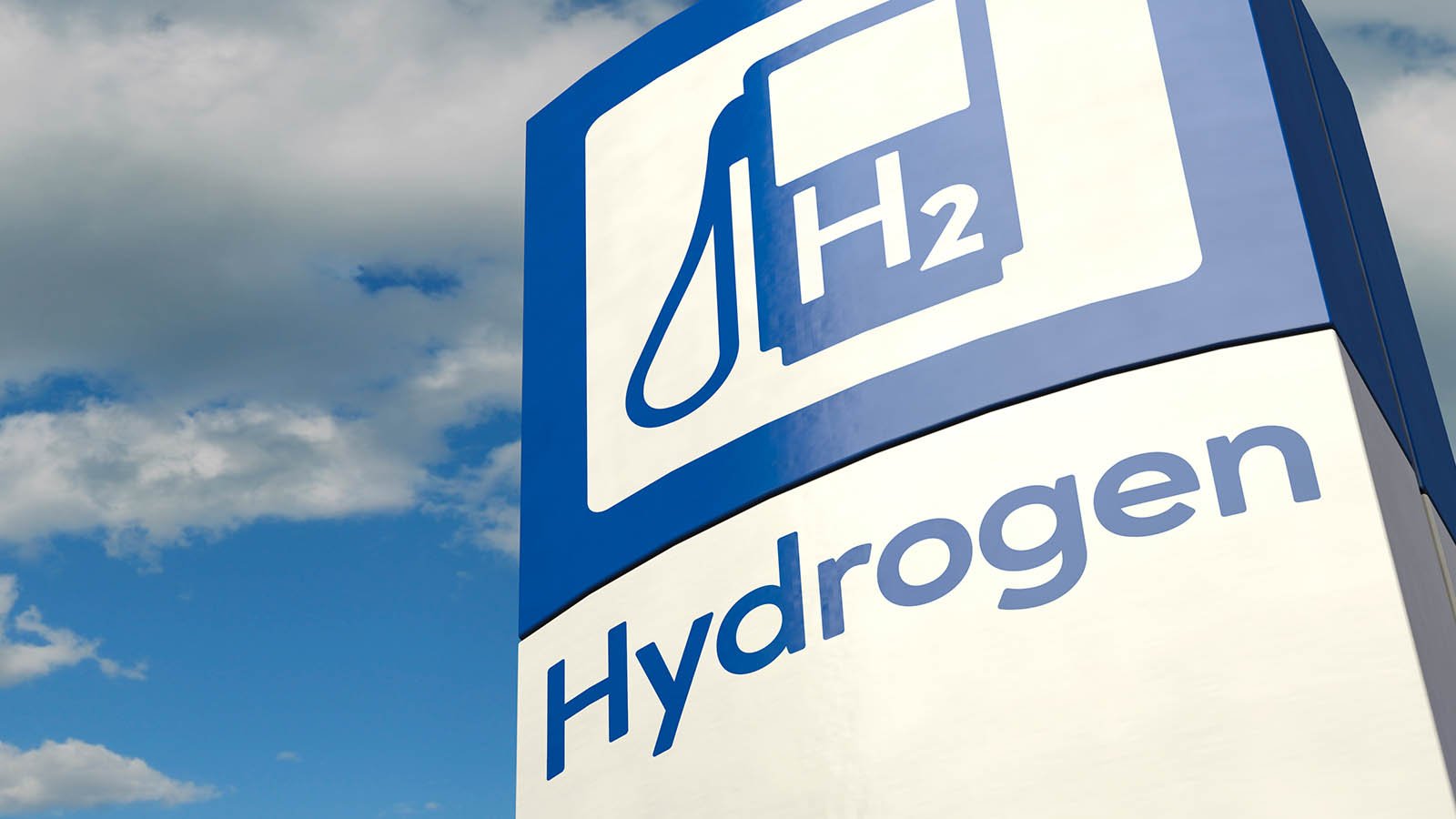With the world going green, some of the top beneficiaries will be the buy on dip hydrogen stocks.
For one, hydrogen emits no greenhouse gases with the only waste product being vapor. Two, it could create a multi-trillion opportunity, with Goldman Sachs noting the market could reach $1 trillion by 2050.
By 2030, Markets and Markets claims the hydrogen market could be worth $410.6 billion from $242.7 billion in 2023. Helping, the Department of Energy just launched a $1 billion plan to drive demand for clean hydrogen.
With the potential for explosive growth, here are a few of the top buy on dip hydrogen stocks.
Global X Hydrogen ETF (HYDR)

Let’s start out with a look at the Global X Hydrogen ETF (NASDAQ:HYDR). To date, I’ve mentioned this one twice.
Once on June 29, as it traded at $8.90, and again on July 17 at $8.90. Today, it’s up to $10 a share and could test $12 a share, all because of the growing demand for hydrogen.
Also, as I noted on July 17, with an expense ratio of 0.50%, this one invests in companies involved in all aspects of hydrogen production, distribution and use.
ALPS Clean Energy ETF (ACES)

For greater exposure to clean energy, which includes hydrogen, take a look at the ALPS Clean Energy ETF (NYSEARCA:ACES).
With an expense ratio of 0.55%, the ETF offers diversification and exposure to companies involved with renewables and clean technology.
Since May, the ACES ETF ran from about $42 to a recent high of $50.68. While it’s finding resistance above $50, eventually I’d like to see it test $60 a share again soon.
Defiance Next Gen H2 ETF (HDRO)
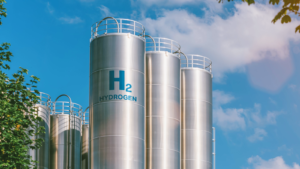
Another red-hot hydrogen ETF to consider is the Defiance Next Gen H2 ETF (NYSEARCA:HDRO).
With an expense ratio of 0.30%, the ETF invests in companies that generate at least 50% of their revenue from involvement with hydrogen-based energy sources, fuel cell technologies and industrial gases.
While it’s been volatile, it has a strong history of bouncing back from excessively oversold conditions.
Air Products & Chemicals (APD)

The first time I mentioned Air Products & Chemicals (NYSE:APD), it traded at around $288 on April 3. Today it’s trading at a little over $300.
APD owns more than 100 hydrogen plants around the world and is involved in more than 250 projects. It just declared a dividend of $1.75 a share, payable Nov. 13 to shareholders of record, as of Oct. 2. That gives APD a yield of 2.32% at the moment.
The company is also working on a $7 billion hydrogen joint venture in Saudi Arabia, as I noted on July 17.
Bloom Energy (BE)
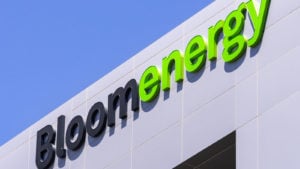
Bloom Energy (NYSE:BE) is another one of the hot “must own” hydrogen stocks. The last time I mentioned Bloom, it traded at $17.85.
Today, it’s consolidating around $17.40. If it can break out here, it might see $22 again shortly. Not only has the stock pushed higher after unveiling its new Series 10 MW fuel cell offering to meet power needs, but analysts at RBC Capital are also bullish.
In fact, the firm just initiated coverage with an outperform rating with a price target of $24 a share. They also noted that BE is positioned for growth and improving profitability.
Plug Power (PLUG)
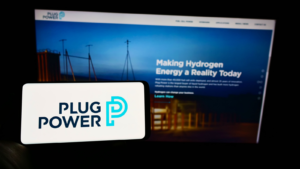
Plug Power (NASDAQ:PLUG) has traded essentially flat this year, but it’s still a solid long-term bet on hydrogen. It won the “largest announced project in the oil and gas sector in Europe” after announcing it would supply electrolyzers for an Australian project.
Northland Securities analysts just upgraded the stock to “outperform” from “market perform” with a price target of $22 a share. The firm believes PLUG is on a clearer path to cash flow generation, with momentum starting to build.
After a brief pullback, I’d like to see shares of PLUG again challenge resistance around $18.15 again shortly.
Fusion Fuel Green (HTOO)
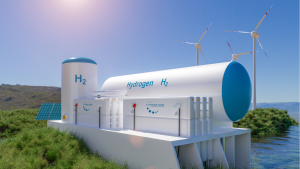
Fusion Fuel Green (NASDAQ:HTOO) is still a pre-revenue company, but it has some impressive contracts.
For one, it signed a 10-year offtake contract with European developer Hydrogen Ventures for 30 tons of green hydrogen per year. Initial orders are expected to be delivered by the fourth quarter of this year.
Also, as I mentioned on June 13, “It entered into an equipment supply contract with Consejo Superior de Investigaciones Científicas for a 550-kW solar-to-green hydrogen project in Zaragoza, Spain.” From a current price of $2.23, I’d like to see HTOO test $3.50 again soon.
On the date of publication, Ian Cooper did not have (either directly or indirectly) any positions in the securities mentioned. The opinions expressed in this article are those of the writer, subject to the InvestorPlace.com Publishing Guidelines.
